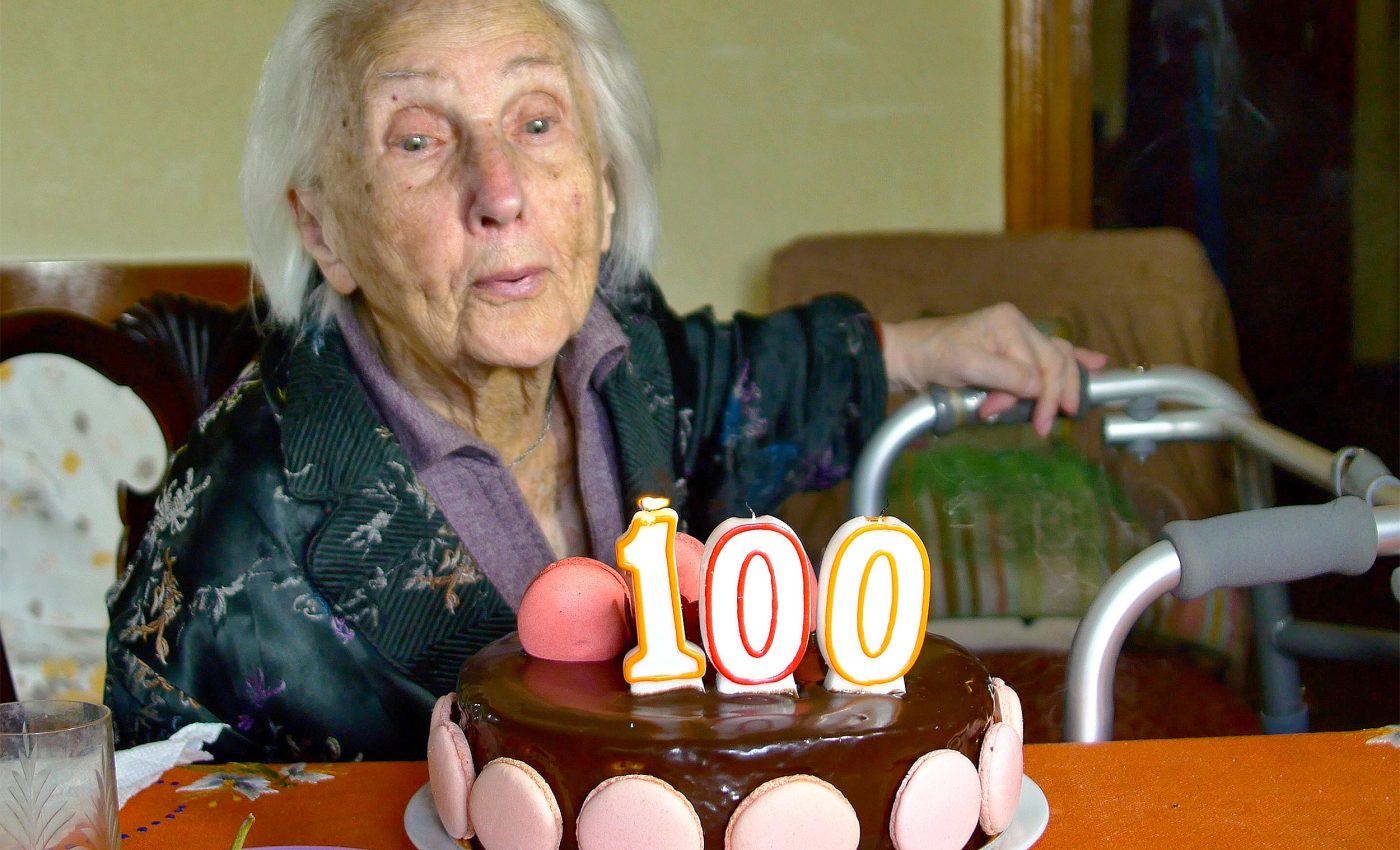
Long-lived people have the same crucial blood biomarkers, pointing scientists towards new anti-aging treatments
Over the last few generations, the idea of celebrating a 100th birthday has moved from fairy-tale territory to neighborhood reality. Centenarians are now the fastest-growing age group.
Their numbers have roughly doubled every ten years since 1950, and projections indicate a fivefold increase between 2022 and 2050.
Those soaring numbers spark a simple question: why do some bodies last so much longer than others?
Researchers keep circling back to the familiar duet of genetics and daily habits – food, activity, stress management – but the details are still fuzzy enough to make any doctor shrug.
Looking for common threads
That puzzle motivated a team at Karolinska Institutet, writing in GeroScience, to follow 44,000 Swedes aged 64–99 whose blood had been tested decades ago in the AMORIS cohort.
Among them, 1,224 – about 2.7 percent – lived to 100, and a striking 85 percent of that group were women.
Long before gray hair and walking sticks, these future centenarians were already standing out. Hospital stays were rarer, memory stayed sharper, and routine lab work hinted at bodies aging at a slower clip.
Exceptional longevity, it turns out, often traces back to midlife, not just the final lap.
Sharing blood biomarkers
Doctors lean on “biomarkers” – chemical snapshots that reveal how hard organs are working. Inflammation markers often climb with age; in one Japanese study, people with the lowest inflammation were more likely to reach 100.
Similar patterns keep popping up for cholesterol, insulin, and kidney-related proteins.
Timing matters. Snapshots taken at a single clinic visit, known as a “cross-sectional study,” can’t untangle cause from consequence.
Are good numbers protecting you, or are they simply the fingerprint of slower aging? Longitudinal records are needed to see which comes first.
Invaluable data from Sweden
Because AMORIS records stretched back 35 years, the Karolinska group could watch trends instead of single frames.
They combed through twelve blood-based indicators tied to metabolism, liver and kidney function, nutrition, inflammation, and anemia.
Future centenarians cruised through their sixties with lower glucose, creatinine, and uric acid.
Extreme readings were rare: almost none logged a glucose level above 6.5 mmol/L or a creatinine value over 125 µmol/L. In plain terms, sugar control and kidney metrics stayed firmly in the middle lane.
Small numbers, big weight
When participants were sorted into five groups for each biomarker, patterns starting popping out. Folks in the lowest bracket for total cholesterol and iron were less likely to hit 100 than those sitting midrange or higher.
Meanwhile, creeping levels of biomarkers like glucose, creatinine, uric acid, and several liver enzymes quietly clipped the odds of joining the century club.
Uric acid told perhaps the clearest story. In the group with the most modest readings, 4 percent reached triple digits; in the highest group, only 1.5 percent did.
A gap of 2.5 percentage points may look small, yet across whole populations it translates to thousands of extra birthdays.
Different paths to the same biomarkers
Studies from Italy, Denmark, and Germany underline that not every centenarian walks the same path.
Some arrive at their milestone spry enough to garden all morning; others are frailer and juggling multiple health problems.
The Swedish team now hopes to see whether those divergent futures were already written in the early bloodwork.
Understanding the split is more than academic. Public-health planners need to know how many elders will require intensive care versus those likely to stay independent, and families want clearer hints about what to expect in their own later chapters.
Genes, lifestyle, luck
The study cannot pin tidy lab values on kale salads or rare stretches of DNA. It does, however, underline that metabolism and organ health matter long before retirement parties.
Family traits, food choices, alcohol habits, exercise, and plain chance all swirl together to shape those lab slips.
Observations from so-called Blue Zones – pockets such as Okinawa and Sardinia where nonagenarians crowd the village square – echo the Swedish findings: modest meals, steady activity, and low chronic inflammation often travel together.
Biomarkers and longevity science
Researchers are gearing up to layer genetic sequencing on top of old blood records, hunting for variants that might keep organs humming.
Machine learning models, trained on decades of biomarker data, could soon flag people at risk of a rougher aging course while there’s still plenty of time to act.
Big picture, the goal is to shift medicine’s focus from chasing disease to stretching healthspan.
If early lab signs can predict who will thrive into their nineties, doctors could use the information to tweak treatment targets decades ahead of time.
Start building biomarkers now
No blood test guarantees a telegram from the White House, yet keeping tabs on kidney and liver enzymes, fasting glucose, and uric acid as the years roll by can offer early warning lights.
Small tweaks – longer walks, fewer sugary drinks, varied protein, mindful stress relief – nudge those numbers toward the safer middle.
Should you find yourself blowing out 100 candles one June evening, remember that the path likely started long before AARP mailers first hit the doorstep.
Balanced metrics in midlife appear to set the stage for a longer, healthier encore that keeps both brain and body in the game.
The full study was published in the journal GeroScience.
—–
Like what you read? Subscribe to our newsletter for engaging articles, exclusive content, and the latest updates.
Check us out on EarthSnap, a free app brought to you by Eric Ralls and Earth.com.
—–













